Imo kenpi is a beloved Japanese snack made from sweet potatoes, known for its crispy texture and sweet, satisfying flavor. Originally from Kochi Prefecture, this simple yet addictive treat has gained popularity across the country. In this article, we’ll explore the charm, history, and appeal of imo kenpi—why it became a national favorite and how it fits into modern Japanese snack culture. Keep reading to discover what makes this humble sweet potato snack so special.
What is Imo kenpi?

Imo kenpi (いもけんぴ) is a traditional Japanese sweet snack made from thinly sliced sweet potatoes that are deep-fried and then coated in a sugary glaze. Crispy on the outside and slightly chewy on the inside, these golden strips resemble candied fries and offer a satisfying balance of natural sweetness and rich caramelized flavor. Originally popular in Kochi Prefecture, imo kenpi has become a beloved treat throughout Japan, often enjoyed as an afternoon snack or a nostalgic comfort food. The simplicity of its ingredients—sweet potato, sugar, and oil—makes it a wholesome snack, and its crunchy texture has earned it a loyal following among both children and adults. Whether packaged in convenience stores or sold in traditional sweet shops, imo kenpi captures the rustic charm of Japanese home-style sweets.
Etymology

The name imokenpi comes from “kenpi,” a traditional sweet from Kochi Prefecture. While imokenpi is made from sweet potatoes, kenpi is a flour-based confectionery with a biscuit-like texture. There are several theories about the origin of the name, including one that links it to Ki no Tsurayuki, who may have used the word “kenpi” to signify health. Over time, the name may have evolved from “makimochi” to “kenpi.”
Imo kenpi History

Imokenpi is a traditional sweet from Kochi Prefecture, made by slicing sweet potatoes into thin strips, deep-frying them, and coating them with syrup. It was inspired by kenpi, a wheat-based confection from the Heian period considered a luxury item in Tosa (modern-day Kochi). Locals introduced these sweet potatoes to the region in the mid-Edo period, and imokenpi emerged as an affordable alternative for common people. After World War II, Kinjiro Shibuya began producing imokenpi using sweet potatoes during a time of food shortages. His creations eventually led to the founding of Imoya Kinjiro, a specialty shop that now offers a variety of sweet potato treats across several locations in Japan.
Calories of Imo Kenpi

Imokenpi is a traditional Japanese sweet popular for its simple taste and nutritional value, but it is also high in calories and sugar. One 105g bag contains about 488 calories and 72.1g of sugar—more than the recommended daily sugar intake. While it also offers nutrients like dietary fiber, vitamin C, and potassium, you can best enjoy this in moderation, especially for those with lifestyle-related health concerns.
Why did imokenpi become a national snack?

Imokenpi became a popular snack nationwide for several reasons. In Kochi Prefecture, it’s a well-known local souvenir, available in various flavors like sugar, salt, and even ginger. It’s also famous a health-conscious snack, containing ingredients that support dieting, which adds to its appeal. Its wide variety, regional uniqueness, and reputation as a specialty product have helped imokenpi gain popularity across Japan. In Kochi, they even sold this by the kilogram, highlighting its local demand and cultural significance.
Things to be careful when eating Imo kenpi
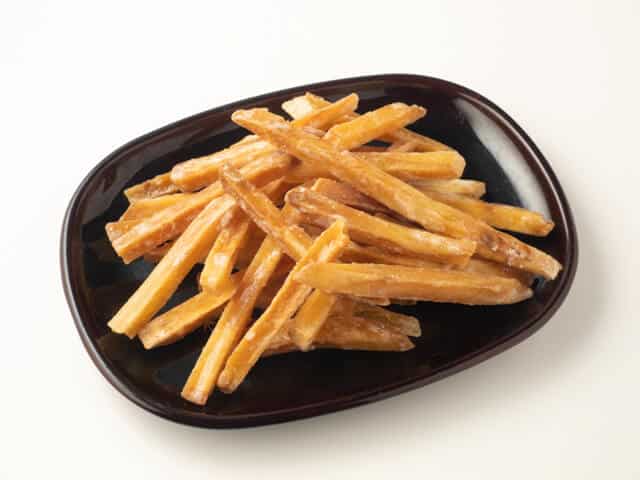
When eating imo kenpi while dieting, moderation is key. Since 100g contains about 465 kcal, it’s best to limit your portion to around 43g to stay within the recommended daily snack calorie limit of 200 kcal. To prevent overeating, pre-portion your snack and avoid eating it directly from the bag. The ideal time to eat imokenpi is between 2–3 p.m., when the body’s fat storage is at its lowest. Having a small portion between lunch and dinner can also help curb evening hunger. Enjoying imokenpi in the right amount and at the right time can support a healthy, balanced diet.
Conclusion
Imo kenpi is more than just a sweet potato snack—it’s a delightful part of Japanese food culture with a rich history and irresistible flavor. Whether you’re a fan of traditional sweets or simply curious about local favorites, trying imo kenpi is a must when visiting Japan. We hope this article has sparked your interest, and that you’ll have the chance to pick up a bag and enjoy the crispy sweetness of imo kenpi for yourself.
If you enjoyed learning about imo kenpi, be sure to also try other traditional Japanese snacks like senbei (rice crackers), yokan (sweet bean jelly), or karinto (deep-fried brown sugar snacks) for a deeper taste of Japan’s unique confectionery culture.

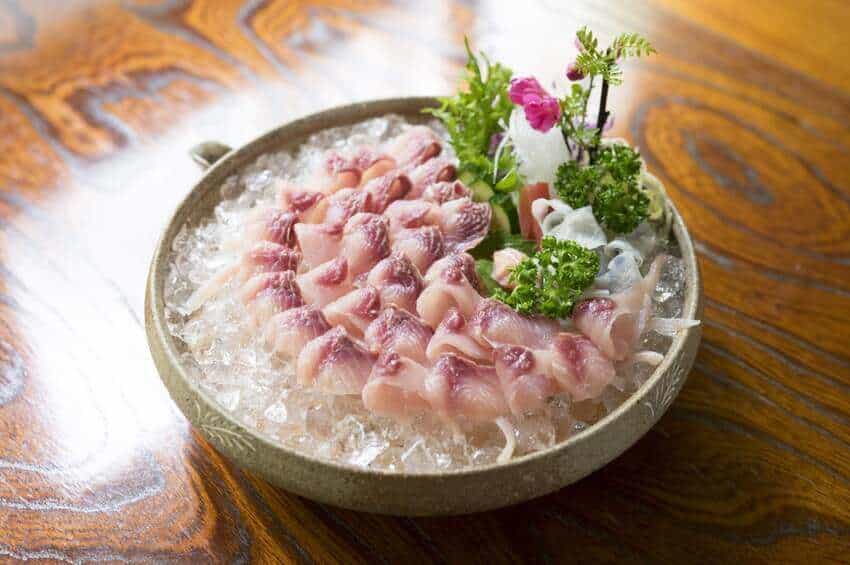
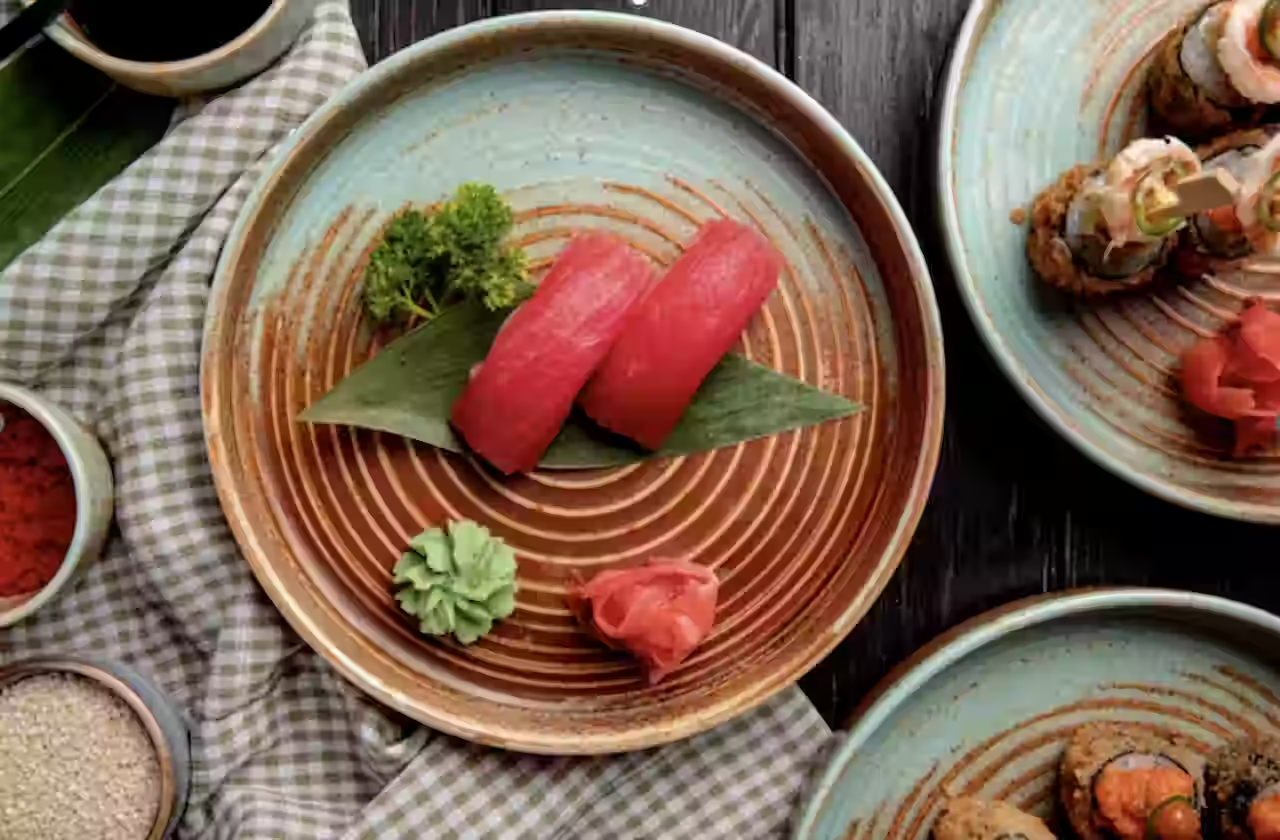
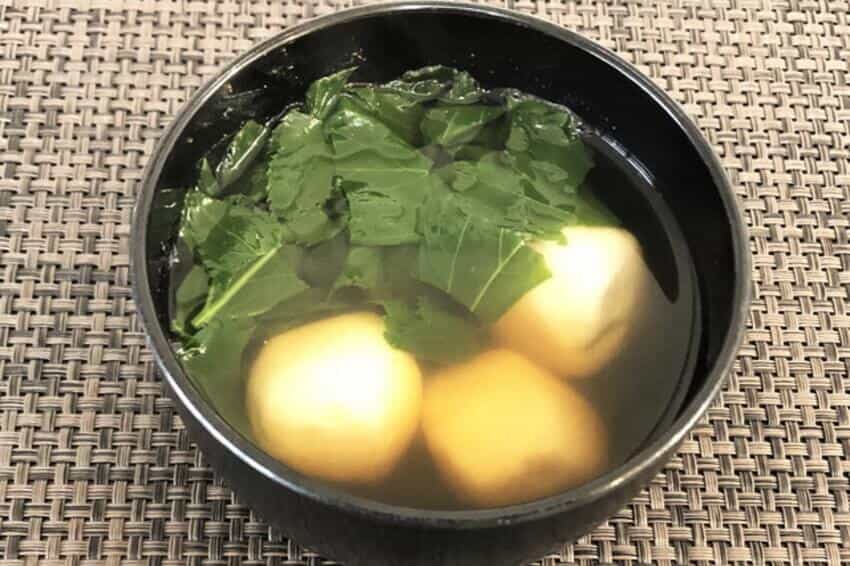
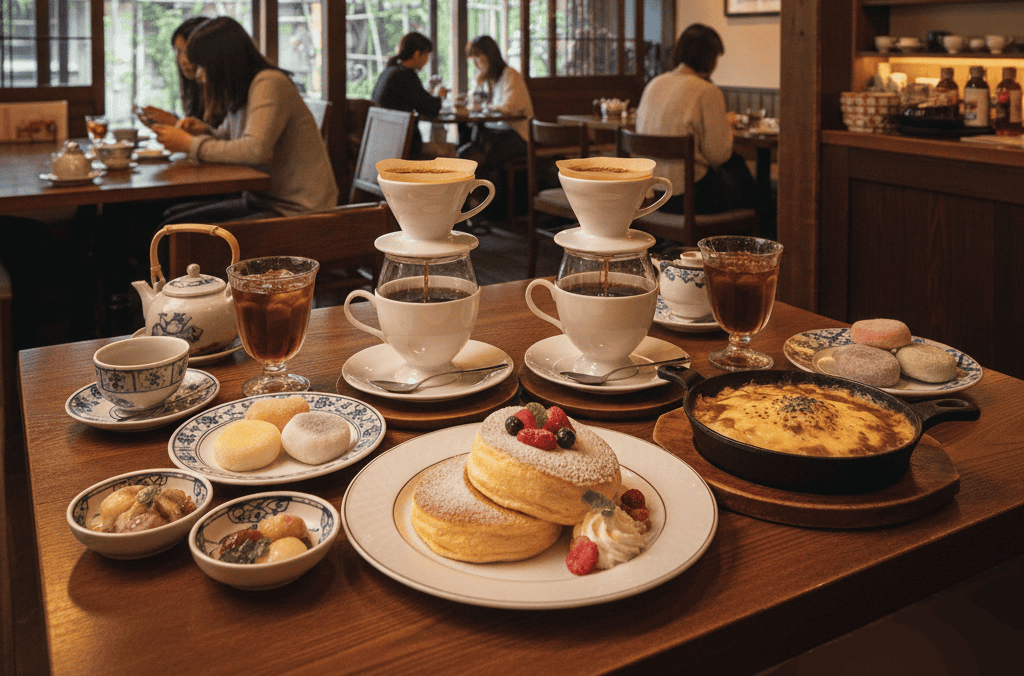



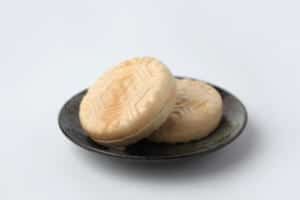
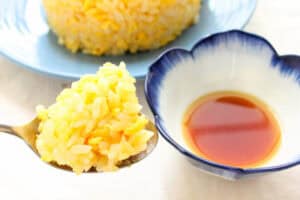
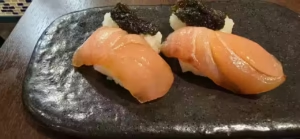
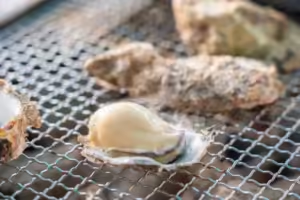
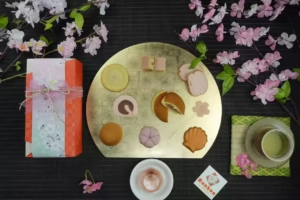
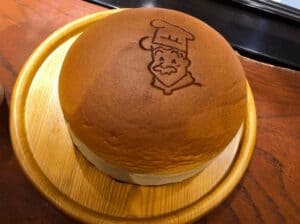
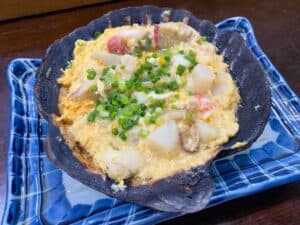
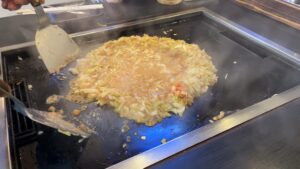
Comments